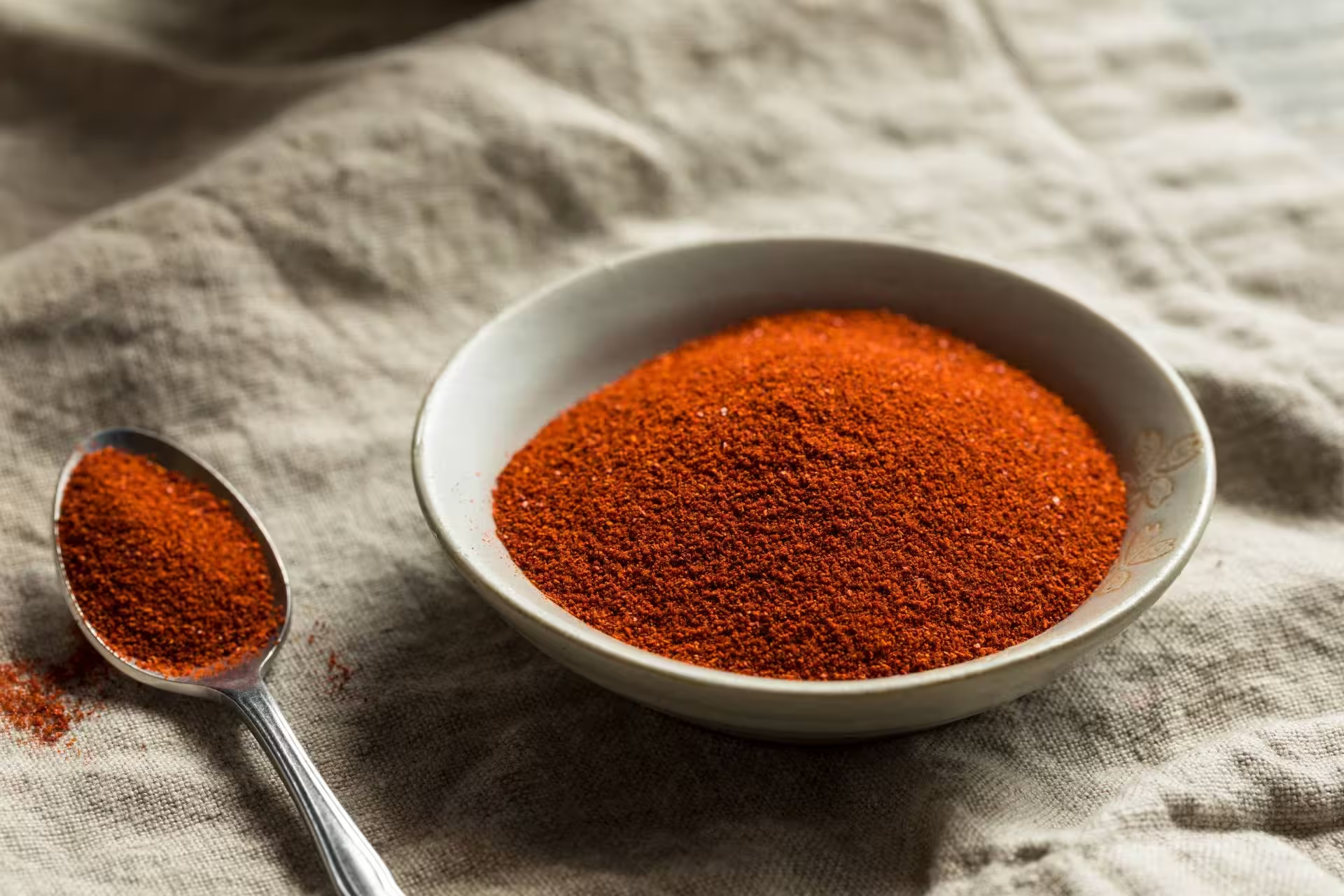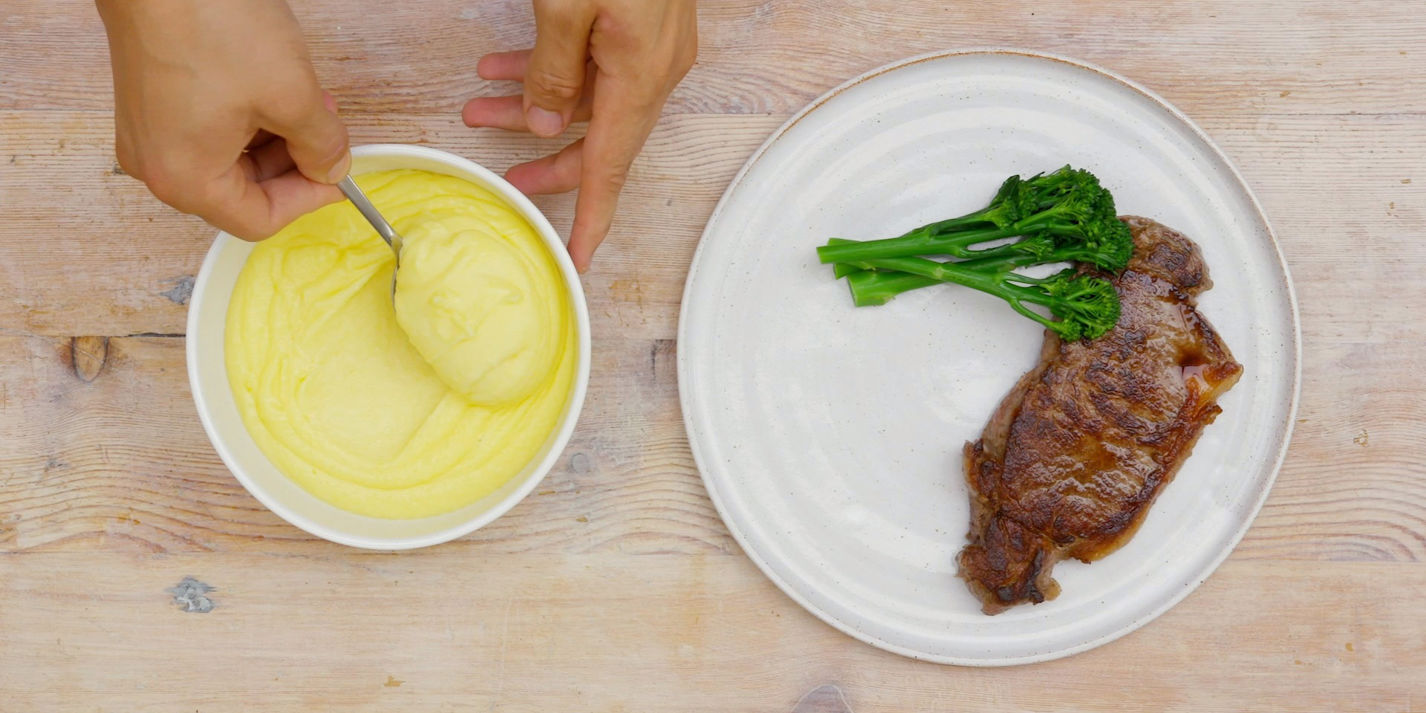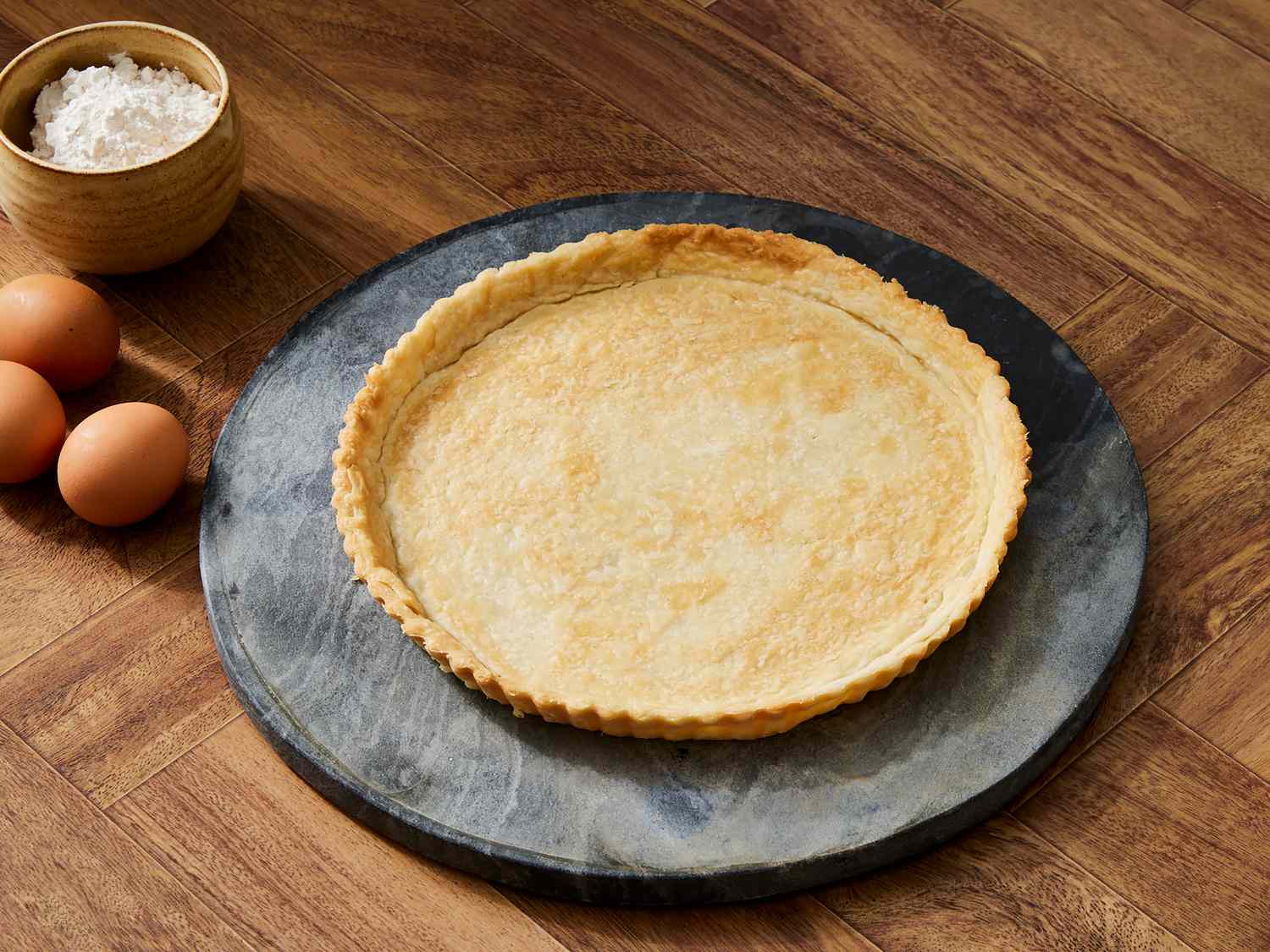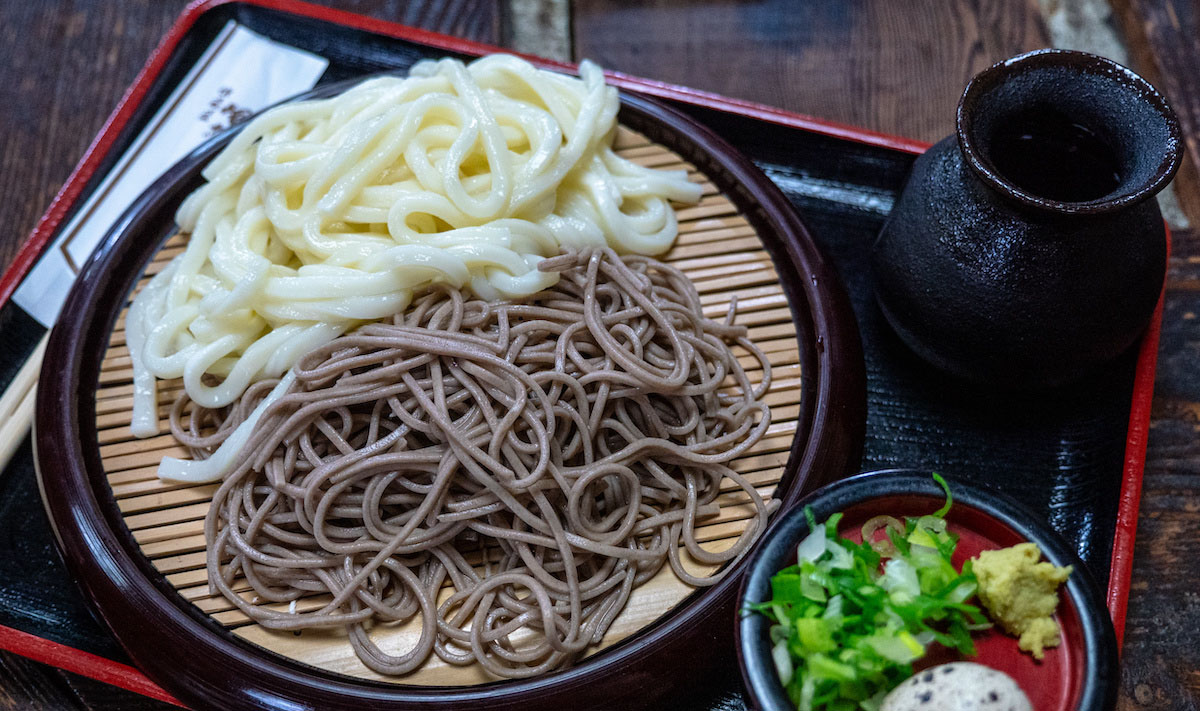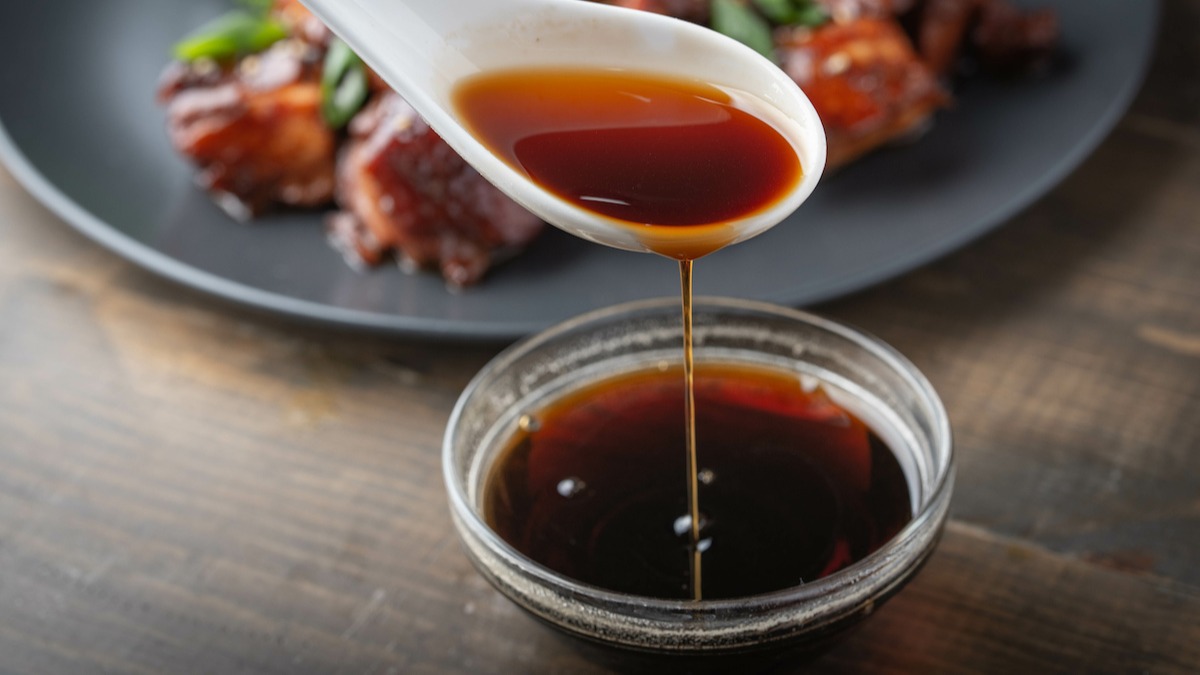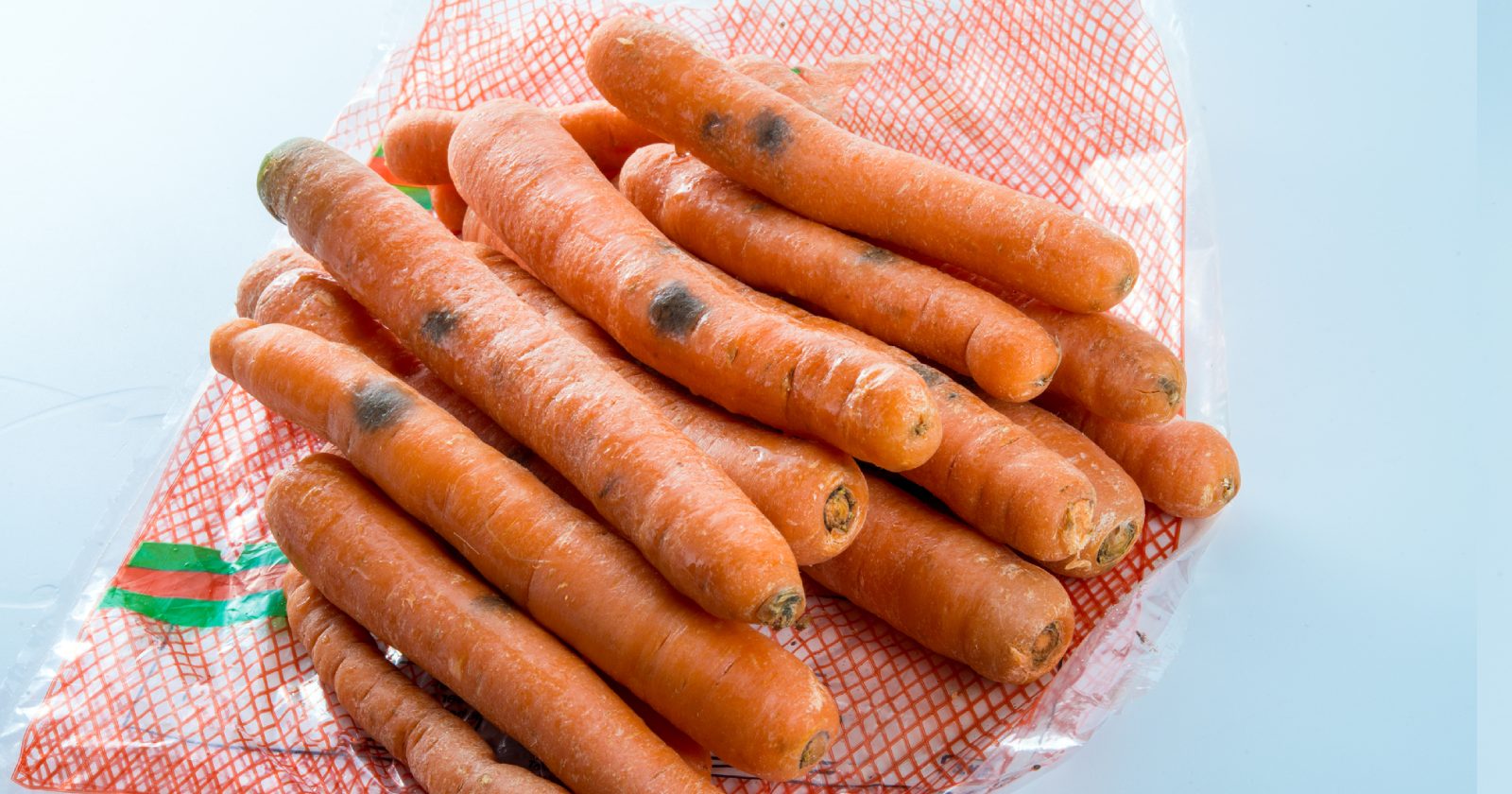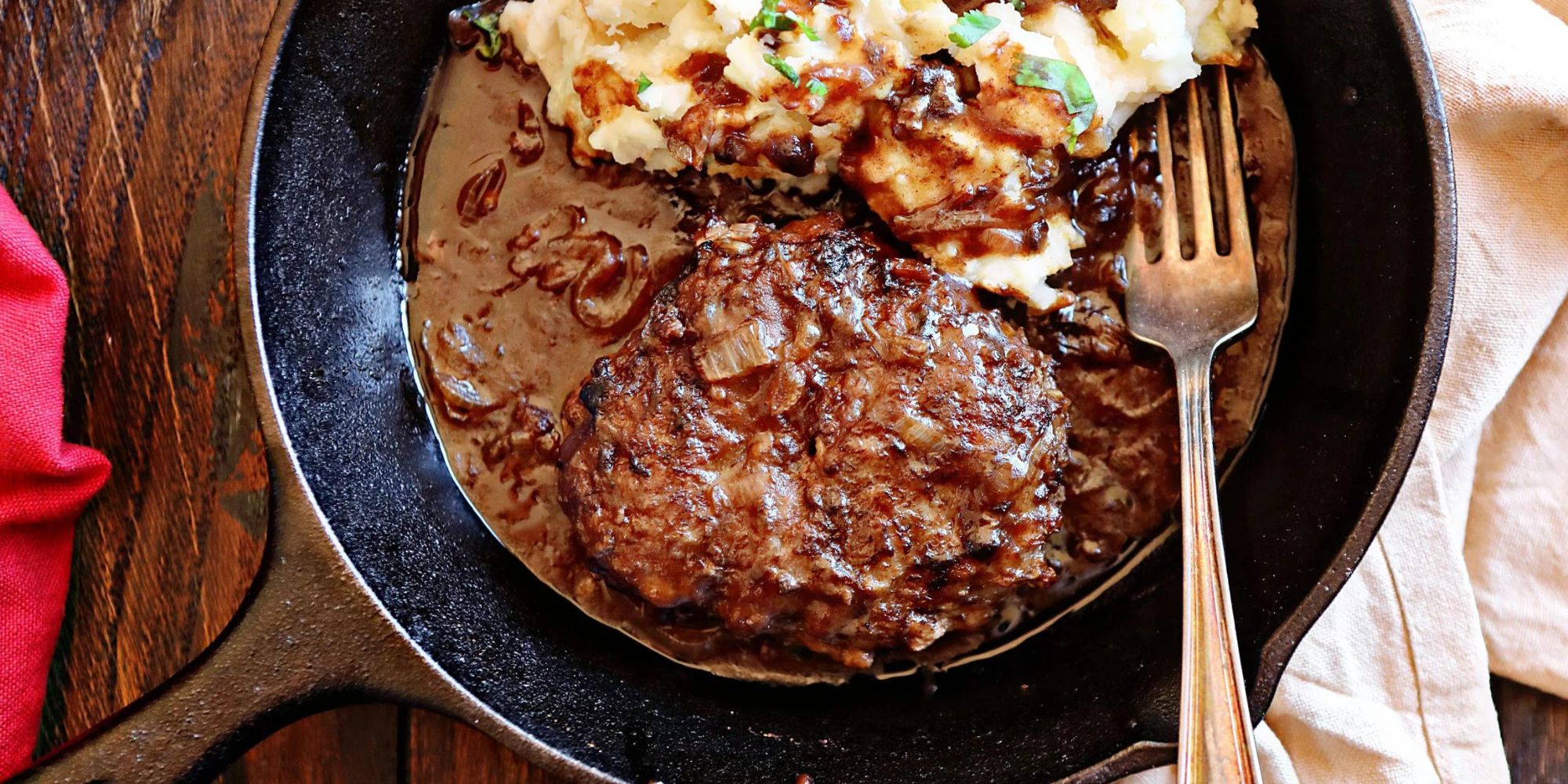Discovering the Delicious World of Pesto
When it comes to flavorful and versatile sauces, pesto is a standout star in the culinary world. Originating from Italy, this vibrant green sauce has gained popularity worldwide for its delicious taste and ability to elevate a wide range of dishes. But what exactly is pesto, and what makes it so special? Let’s delve into the wonderful world of pesto and explore its origins, ingredients, and culinary uses.
Origins of Pesto
Pesto has its roots in the northern region of Italy, specifically in Liguria, where it was traditionally made by crushing garlic, basil, pine nuts, Parmigiano-Reggiano, and Pecorino Sardo in a mortar with a pestle. The word “pesto” itself is derived from the Italian verb “pestare,” which means to pound or crush, reflecting the traditional method of preparing this delectable sauce.
Ingredients
The classic pesto recipe calls for a few simple yet flavorful ingredients:
- Basil: Fresh basil leaves are the star of the show, infusing the sauce with their aromatic and peppery notes.
- Pine Nuts: These buttery and slightly sweet nuts add a delightful crunch and richness to the pesto.
- Garlic: A hint of pungent garlic lends a savory depth to the sauce.
- Parmigiano-Reggiano: This aged Italian cheese contributes a nutty and salty flavor, enhancing the overall taste of the pesto.
- Extra Virgin Olive Oil: The golden elixir of the Mediterranean, olive oil binds the ingredients together while imparting its fruity and peppery essence.
- Salt and Pepper: A pinch of salt and a grind of black pepper bring balance and seasoning to the pesto.
Culinary Uses
One of the most appealing aspects of pesto is its incredible versatility. Here are some popular ways to enjoy this delectable sauce:
- Pasta: Toss freshly cooked pasta with pesto for a quick and flavorful meal. Whether it’s spaghetti, penne, or fusilli, pesto pairs beautifully with a variety of pasta shapes.
- Sandwiches and Wraps: Spread pesto on sandwiches or wraps to add a burst of flavor to your lunchtime fare. It’s especially delicious with grilled vegetables, chicken, or mozzarella.
- Salads: Use pesto as a dressing for salads, or mix it into potato or pasta salads for a delightful twist.
- Pizza: Instead of traditional tomato sauce, spread pesto on pizza dough and top with your favorite ingredients for a gourmet pizza experience.
- Marinades and Dips: Incorporate pesto into marinades for meats or seafood, or serve it as a dip for bread, crackers, or crudites.
With its vibrant color and bold flavor, pesto adds a touch of Mediterranean magic to any dish it graces.
Conclusion
Pesto is a true culinary gem that continues to captivate food enthusiasts around the world. Whether you’re a fan of traditional basil pesto or enjoy experimenting with variations like sun-dried tomato or arugula pesto, there’s no denying the irresistible allure of this beloved sauce. So, the next time you’re seeking a burst of fresh and zesty flavor, reach for a jar of pesto or whip up a batch from scratch to elevate your culinary creations. Buon appetito!
Was this page helpful?
Read Next: What Is Oxtail
